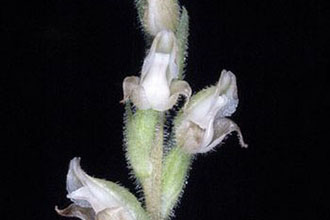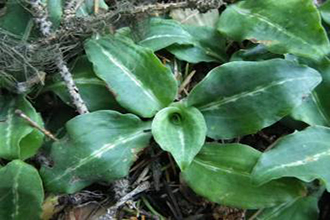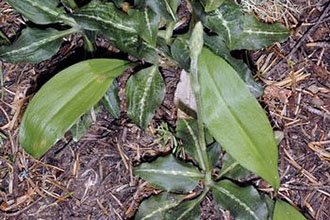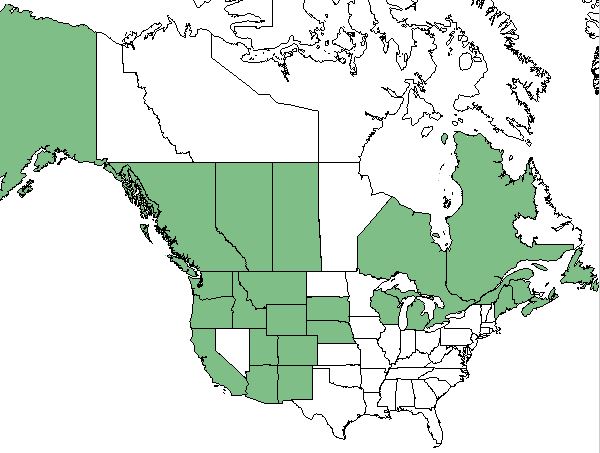Taxonomy: Kingdom - Plantae (plants). Subkingdom - Tracheobionta (vascular plants). Superdivision - Spermatophyta (seed plants). Division - Magnoliophyta (flowering plants). Class - Liliopsida. Order - Orchidales. Family - Orchidaceae. Genus - Goodyera R. Br. Species - Goodyera oblongifolia Raf.
Ecology: A shade-tolerant, submontane to subalpine, transcontinental North American forb. Occurs on moderately dry to fresh, nitrogen-poor soils within boreal, temperate, and cool mesothermal climates. Common in coniferous forests on water-shedding sites; on nutrient-rich sites it inhabits decaying wood. Usually associated with Hylocomium splendens, Pleurozium schreberi, Rhytidiadelphus loreus, and Rhytidiopsis robusta. An oxylophytic species characteristic of Mor humus forms.



